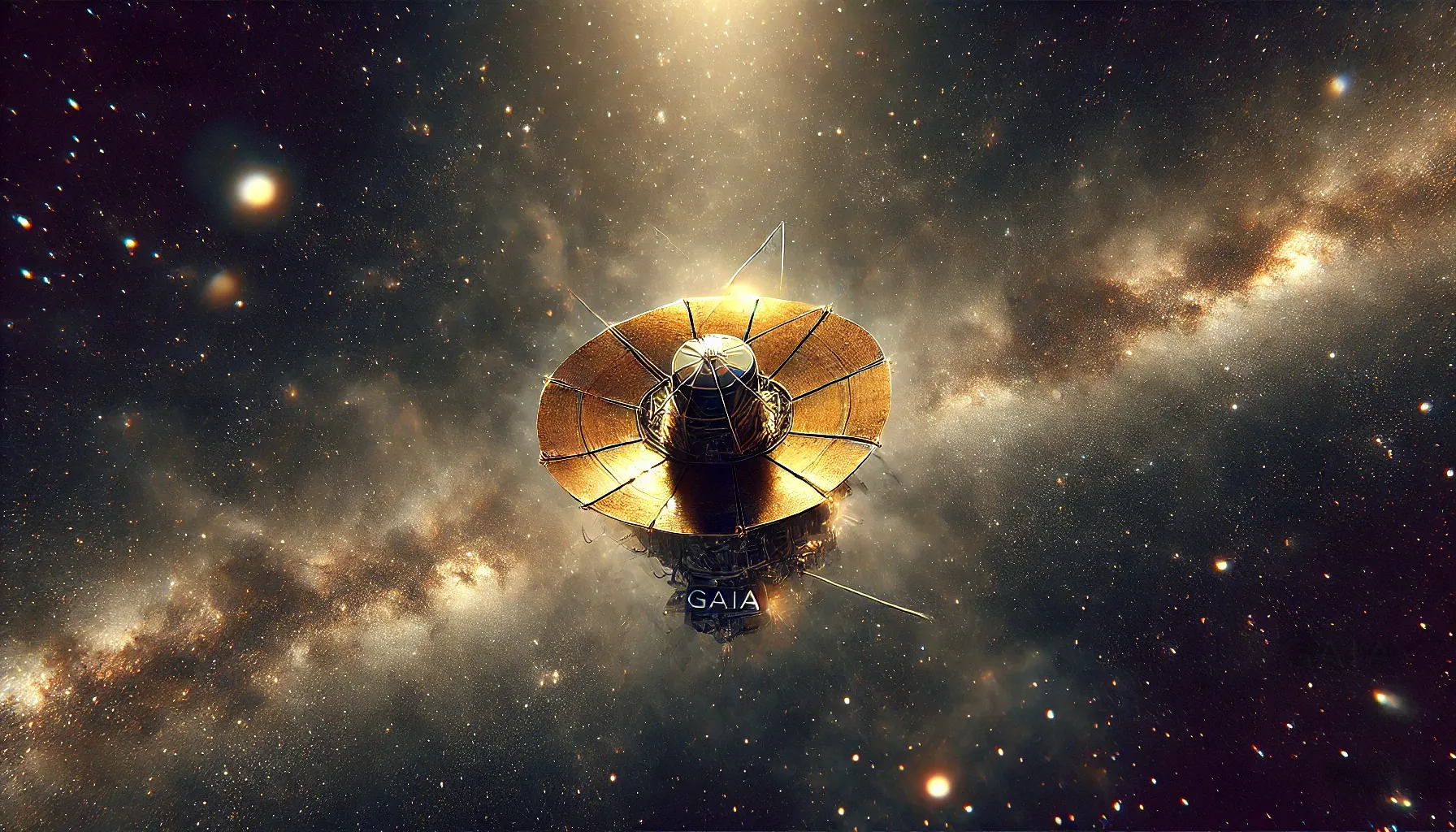UPSC
Indian Express Concise
Gaia’s Retirement: Mapping the Milky Way’s Legacy
Last Updated
27th March, 2025
Date Published
27th March, 2025
Share This Post With Someone

Context:
Published on March 27, 2025, in The Indian Express, this article details the European Space Agency’s (ESA) decision to retire its Gaia spacecraft after over a decade of revolutionary star-mapping. Launched in 2013, Gaia’s mission ends with its final maneuver on March 27, 2025, leaving a vast dataset that reshapes our understanding of the Milky Way and informs future space exploration as of the current date.
Key Information Points:
- Mission Overview: Launched on December 19, 2013, Gaia aimed to create a precise 3D map of the Milky Way, beginning observations on July 24, 2014, and concluding on January 15, 2025.
- Retirement Date: On March 27, 2025, ESA shut down Gaia, moving it to a “retirement orbit” around the Sun after draining its internal energy sources (passivation).
- Data Achievements: Recorded 3 trillion observations of 2 billion stars and objects, informing over 13,000 scientific publications, making it a cornerstone of modern astronomy.
- Scientific Impact: Transformed Milky Way understanding by mapping its shape (central bar, spiral arms), revealing a warped, wobbling disc likely due to collisions with smaller galaxies.
- Solar System Insights: Provided precise orbits for over 150,000 asteroids and mapped 1.3 million quasars, some from when the universe was 1.5 billion years old.
- Fuel Depletion: Gaia’s cold gas, used for precise spinning (12 grams daily), ran low, prompting technology tests post-January 15, 2025, before its final orbit shift.
- Final Maneuver: On March 27, 2025, Gaia’s thrusters fired for the last time, drifting it from the Lagrange Point 2 (1.5 million km from Earth) to a heliocentric orbit to avoid interference with future missions.
- Data Releases: Less than a third of Gaia’s data is processed; Data Release 4 (DR4) is due in 2026 (5.5 years of data, 500 TB), with DR5 planned later, covering the full mission.
- Galactic Dynamics: Data showed the Milky Way’s disc rocks slowly, with ripples from past collisions possibly triggering star formation, including the Sun, per Professor Chris Lintott.
- Technological Legacy: Post-retirement tests assessed 10-year space exposure effects, aiding future mission designs.
- Astronomy Shift: Gaia’s catalogue underpins nearly all astronomical research, with experts like Anthony Brown noting its indispensable role in the field.
Key Terms:
- Gaia Mission: ESA project to map the Milky Way in 3D with unprecedented precision.
- Milky Way: Our galaxy, charted by Gaia as a barred spiral with a warped disc.
- Astrometry: Science of precisely measuring celestial bodies’ positions and movements.
- Lagrange Point 2: Gravitationally stable spot 1.5 million km from Earth where Gaia operated.
- Passivation: Process of draining a spacecraft’s energy to prevent reactivation.
- Quasars: Distant, bright galactic cores mapped by Gaia, revealing cosmic history.
- Data Release 4 (DR4): Upcoming 2026 dataset from Gaia’s first 5.5 years, totaling 500 TB.